【TNF Journal】Business’s New Relationship with Disabilities (Part 24)Committed to Superior Quality, Bridgestone Aims at Developing a Society Where Everyone Can Live a Vibrant Life
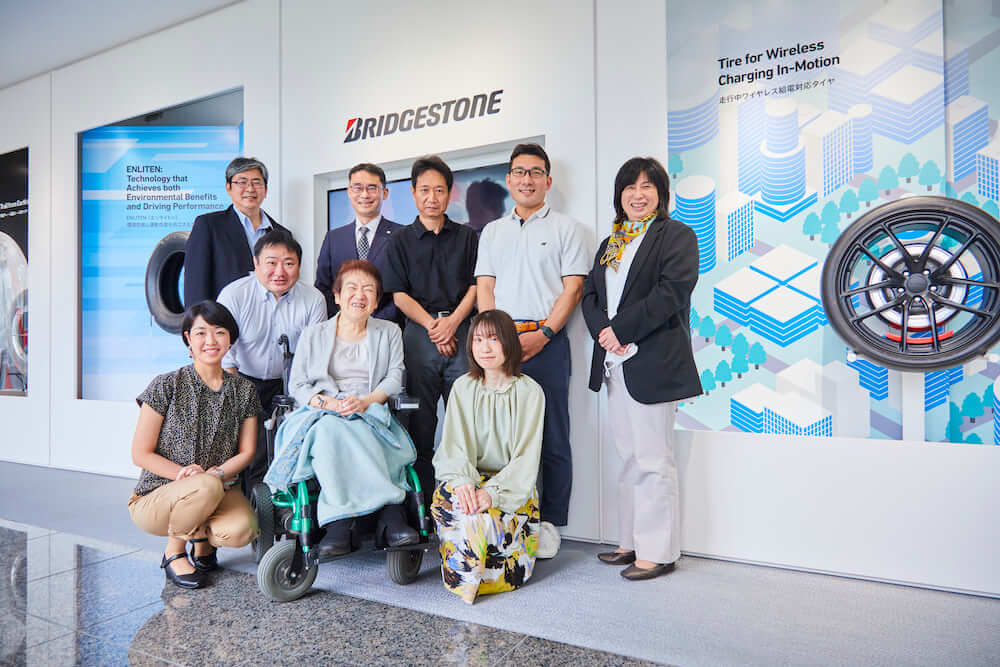
Key Points in this Article
- Bridgestone has been carrying out “Active and Healthy Lifestyle” activities for an inclusive society
- Special subsidiary* Bridgestone Empowerment Co., Ltd. has been developing an environment that enables employees with disabilities to take on challenges
- Bridgestone aims to create environments where people with and without disabilities can mingle and interact to help bring about a society based on mutual understanding and respect
- * A company established to promote the hiring and stable employment of people with disabilities
Reporting: The Nippon Foundation Journal Editing Department
Bridgestone Corporation (external link) was established in the city of Kurume, Fukuoka Prefecture in 1931. Did you know that the predecessor of this major company, Japan’s leading tire manufacturer, made tabi socks?
In those days, many workers in Japan wore straw sandals even when engaging in dangerous tasks. Straw sandals were readily available, but wearing them put you at risk of injuring yourself by stepping on a nail.
The founder of Bridgestone, Shojiro Ishibashi, invented a new type of safe, rubber-soled sock-shoe called jikatabi. By manufacturing these rubber shoes, he developed his business into a national brand before going on to establish the tire company.
Mr. Ishibashi was driven by a passion that was informed by his instinct for sustainability. In his own words: “I have set my sights on contributing to the advancement and development of society by constantly seeking insight into the changes of the times, trying to be ahead of the times, and manufacturing products of superior quality; the greater one’s contribution to society the more one’s business will grow.”
We visited the Bridgestone Group’s Technology Center in Kodaira City, Tokyo. Members of the Nippon Foundation Working Group*1 interviewed Maki Masutani from the DE&I/People’s Future Creation Department, which is tasked with D&I*2 promotion at Bridgestone, Yasuo Okauchi and Daisuke Kondo from Active and Healthy Lifestyle (AHL) Planning Section (external link), who are in charge of activities for developing an inclusive society centering on sports and culture, and Shinsuke Nakane, the president of special subsidiary Bridgestone Empowerment Co., Ltd. (external link), about the activities they are undertaking.
- Members who engage in research and planning at the Nippon Foundation, whose aim is to accelerate the participation of persons with disabilities in society
- D&I stands for diversity and inclusion and refers to creating a society where people can play active roles while respecting and recognizing each other’s diversity, including race, gender, age, and disabilities
Using expertise gained through business in social contribution
Mr. Kondo: Welcome to Bridgestone. I’m Kondo from the AHL Planning and Development Section. Today, let me first explain the AHL activities.
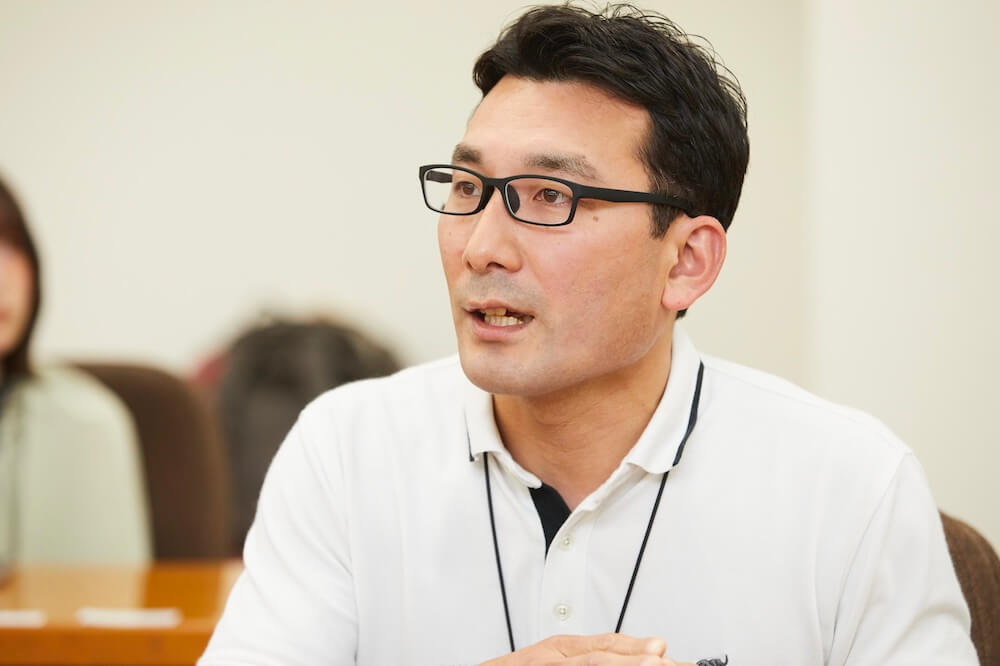
Okuhira: I am Masako Okuhira from the Nippon Foundation Working Group. Mr. Kondo, thank you for this opportunity.
Mr. Kondo: The AHL activities started in 2017. They were inspired by the value that Bridgestone placed on creating a sustainable society, which is something the company has upheld since its foundation, as well as its philosophy of “Serving Society with Superior Quality.”
Okuhira: I understand that the intention of the AHL activities is to ensure a good relationship with local communities and build trust as one of the company’s social contribution activities, which are separate from its business activities. Is my understanding correct?
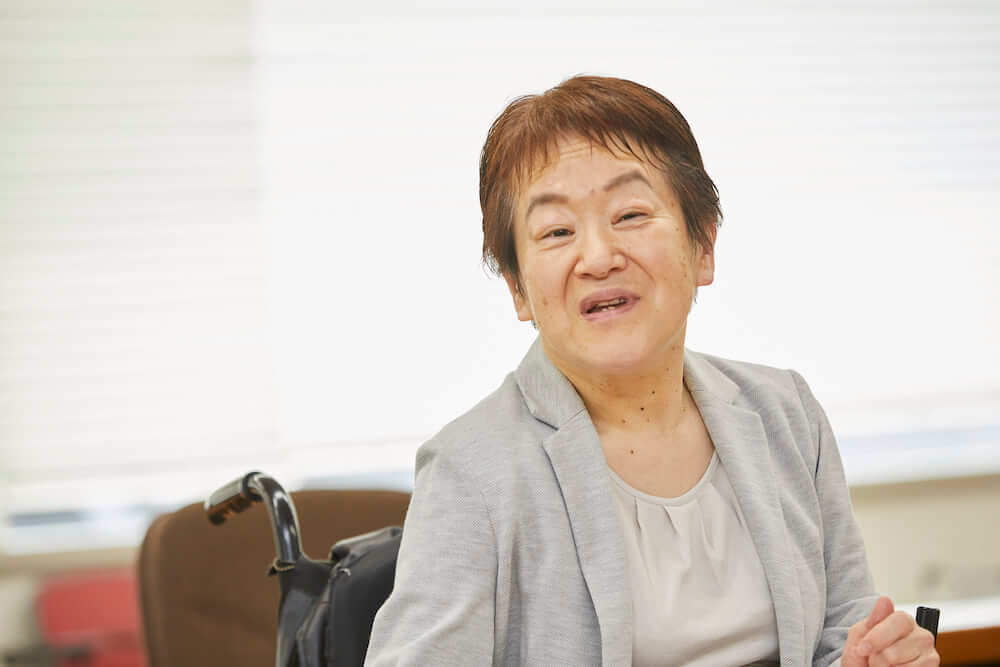
Mr. Kondo: Yes, that is right. The AHL program is based on three concepts: CHASE YOUR DREAM, Diversity & Inclusion and Open Innovation. What they mean is “supporting all who continue to take on challenges in order to achieve their dreams,” “developing a society that embraces diversity” and “achieving new value through co-creation with the community,” respectively. We hope that, through our activities, we can enrich the lives of individuals in the communities in which the Bridgestone Group operates.
Okuhira: I see. What do you do specifically?
Mr. Kondo: Currently, in two locations where Bridgestone operates, i.e., the Kodaira area in Tokyo and the Yokohama area, we are creating various opportunities and places to support the social involvement of diverse people, including those with disabilities, through collaboration with universities, welfare organizations, local governments and residents and other local partners. We are planning and providing programs centering on sports and art, which are easy for people with disabilities to join, and supporting activities of para-athletes.
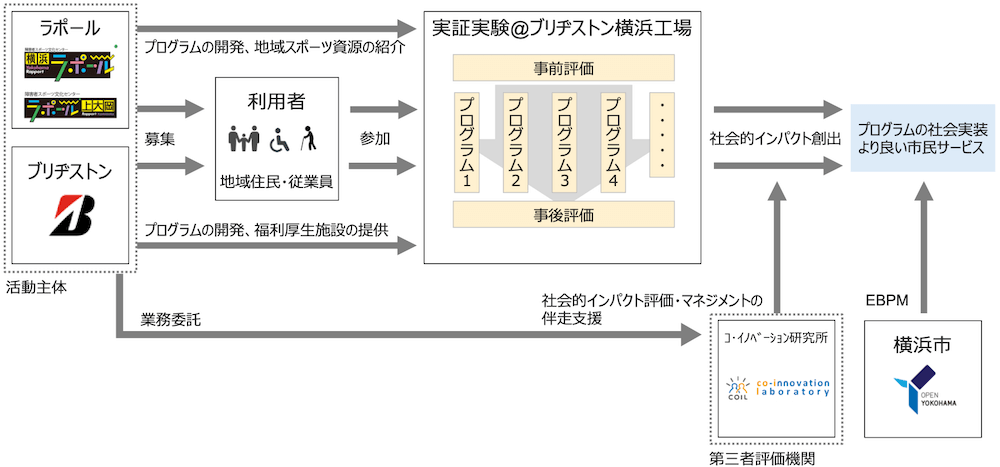
In the Yokohama area, for instance, together with the Yokohama Rapport (external link) sports and cultural center for people with disabilities, we plan wheelchair tennis, boccia* and other sports events that can be enjoyed by anyone, disabled or not. Many people have participated in these events. We seek cooperation from experts and people with disabilities to make it easier for anyone to join the events.
- * Boccia is a sport invented in Europe and designed to be played by persons with severe cerebral palsy or an equivalent severe functional disorder in the extremities. It is an official Paralympic sport.
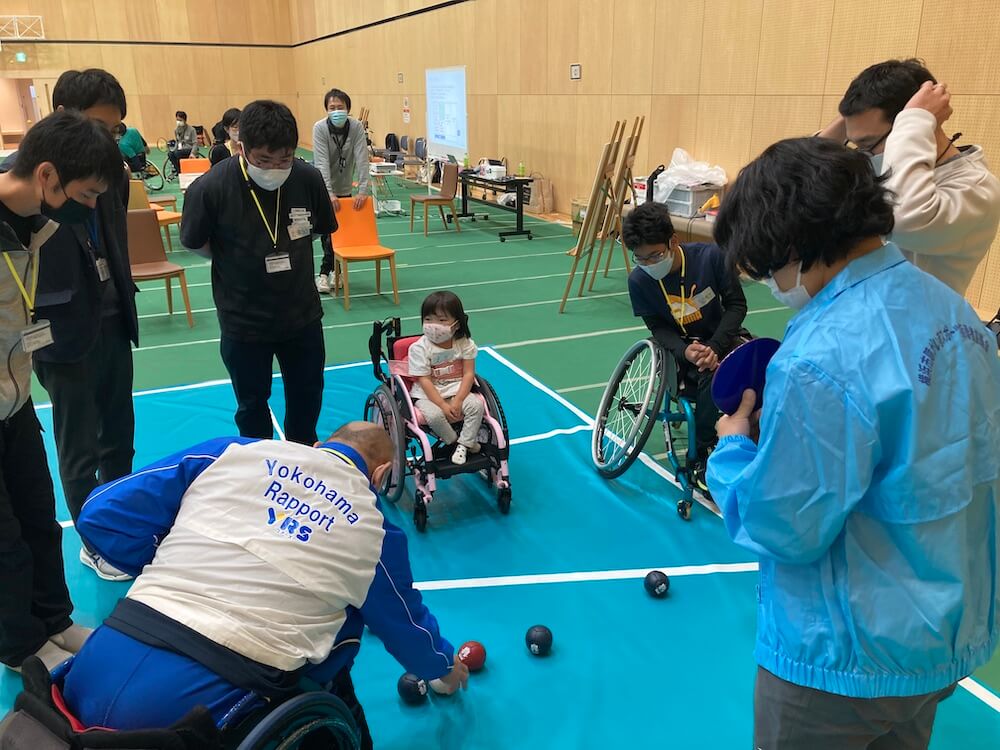
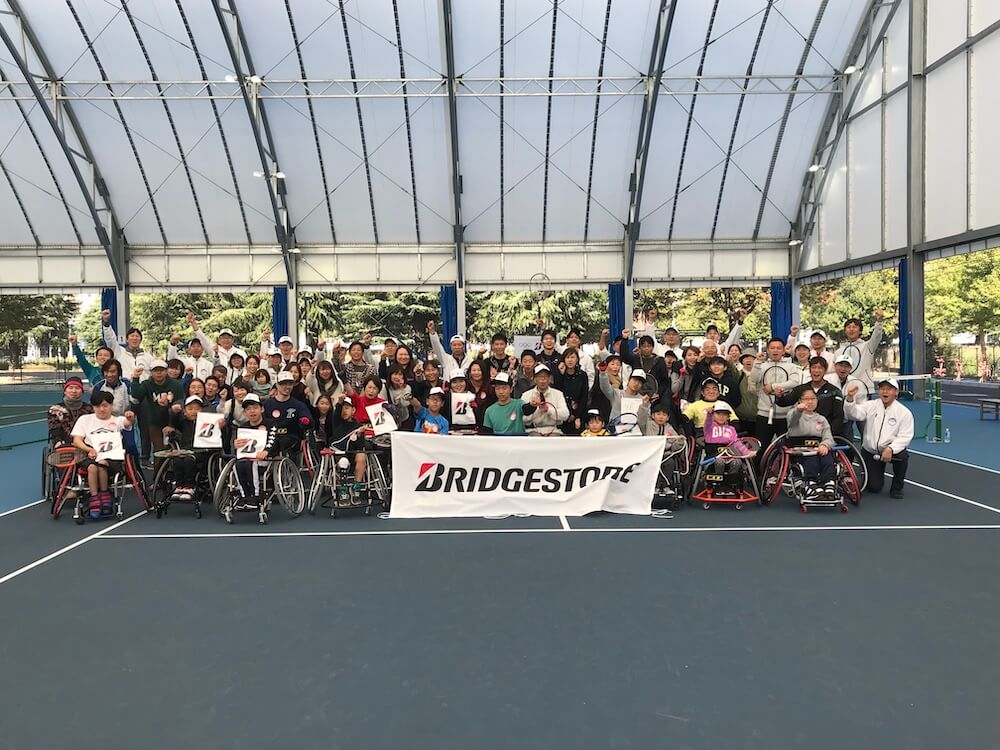
Okuhira: How do you make them easier to join?
Mr. Okauchi: On our website we post feedback, in Q&A form and so on, from past participants in which they share their opinions and motives, hoping that people who have never joined such events will think, “I can do that.”
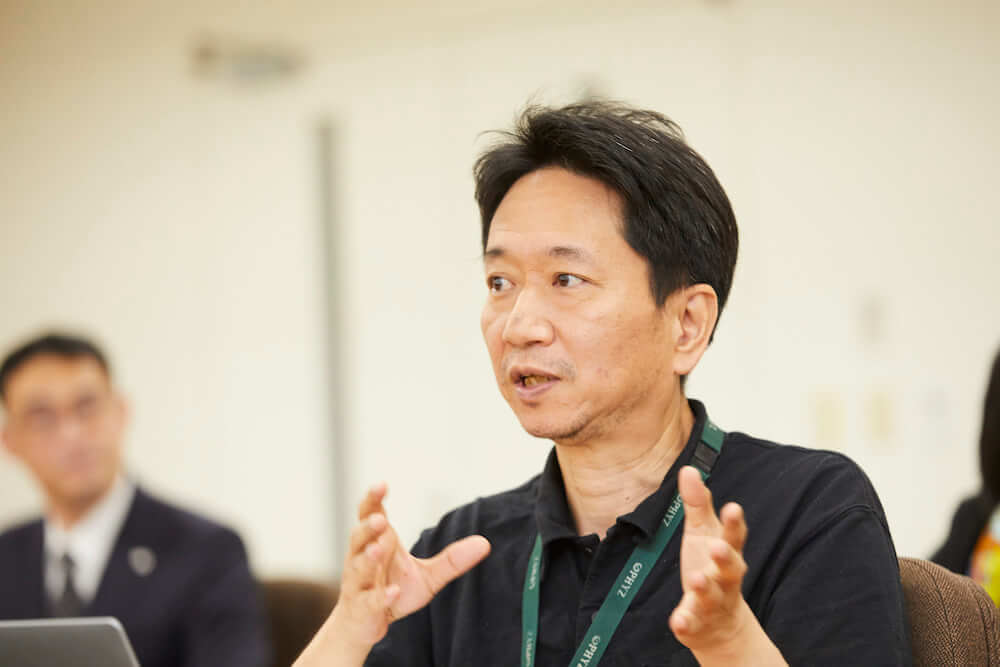
Mr. Kondo: To get the word out about our events, we ask people with disabilities to tell people in their communities about them. Meanwhile, experts we have consulted cite barrier-free toilets and parking spaces as keys to ease of participation. Accordingly, when we announce an event, we include photographs of such facilities to eliminate any concerns people might have so they will join.
Okuhira: Those two points are definitely very important. That shows how seriously you all are working on it.
Mr. Kondo: Additionally, as there are many parties involved in the programs that we co-create with local partners, it is crucial to clarify their objectives. To that end, we use an activity blueprint called a “logic model.”
The logic model defines inputs (e.g., people, things, money), outputs (e.g., wheelchair tennis experience session) and outcomes (e.g., sense of community involvement, changes in bias) with regard to our activities, and indicates strategies and hypotheses as to paths we could take to have an impact on society. Particularly in terms of outcomes, i.e., creation of social value, we set lots of indicators, such as changes in how participants feel, their self-efficacy and their decision-making power, and make evaluations.

Okuhira: That seems to reflect Bridgestone’s philosophy of “Serving Society with Superior Quality.”
Mr. Kondo: We would like to expand our AHL initiatives to communities outside the Kodaira and Yokohama areas and to other companies. We are also receiving inquiries from other companies interested in our activities. We think, in such cases, the logic model is very effective because it can numerically evaluate the objective of the activity and how to get there.
Okuhira: I see. I really appreciate your explanation.
Motivating employees and providing company-wide support
Okuhira: Next, I would like to ask about initiatives at the special subsidiary, Bridgestone Empowerment Co., Ltd.
Mr. Nakane: I am Nakane, representing Bridgestone Empowerment. I would love to explain our initiatives.
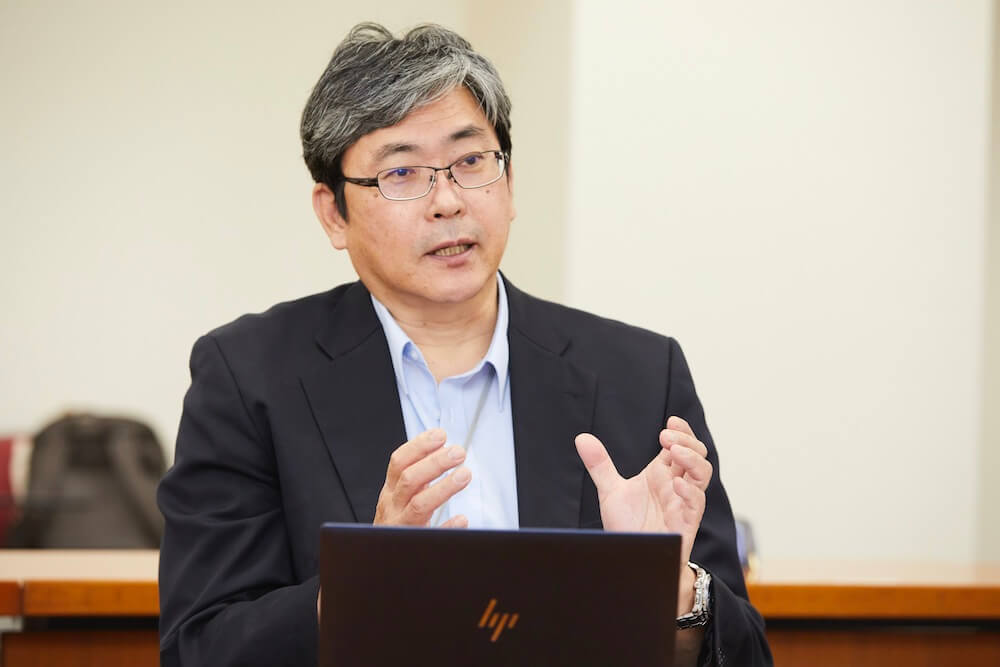
Okuhira: Thank you. Firstly, could you give an outline of Bridgestone Empowerment’s business and characteristics?
Mr. Nakane: Bridgestone Empowerment provides cleaning services and clerical support services to Bridgestone Group companies upon their request. It may not be a characteristic but what we value most is “commitment to quality.”
To take an example of our cleaning services, we clean various types of places. When we clean toilets, we say that we “polish toilets,” not that we “clean toilets.” We thoroughly polish the toilets by dividing the work into processes. So, employees of the Bridgestone Group often provide us with positive feedback, like, “It’s so clean. We feel comfortable using it.”
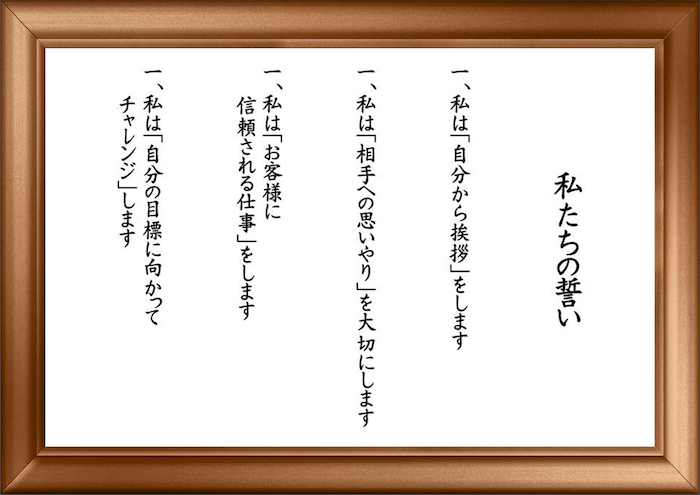
Okuhira: On the corporate website, it says that employees are divided into several teams to perform tasks.
Mr. Nakane: Yes. Four team members (with disabilities) and one team leader (without a disability) make up a team to do tasks. The team leader grasps each member’s level of proficiency in each task category, and guides and trains the members with a view to improving their self-management skills. Another important role of the team leader is to proactively praise and develop team members to help them grow.
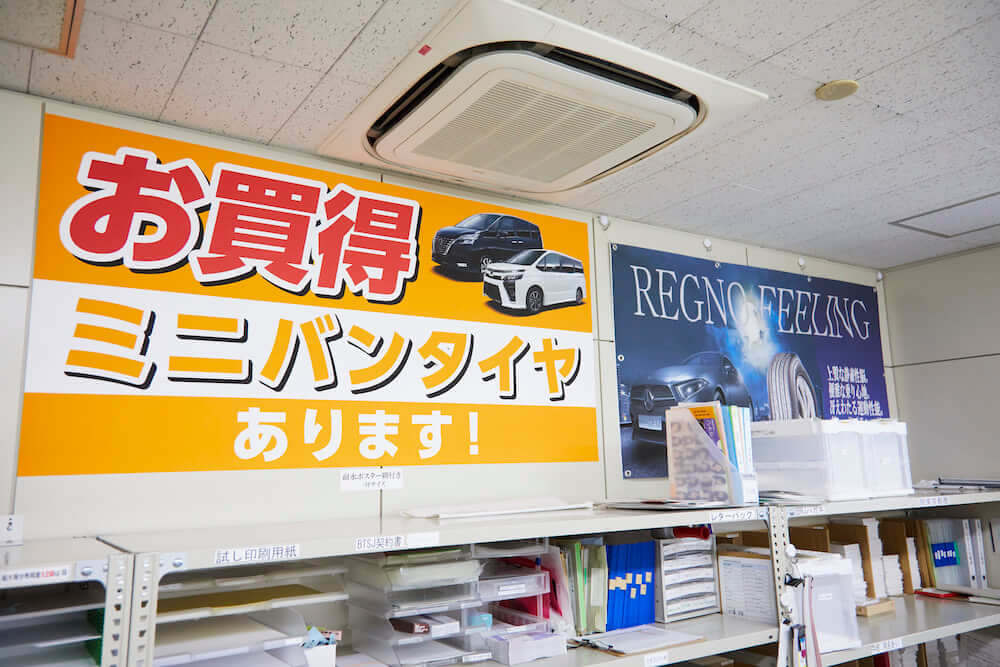
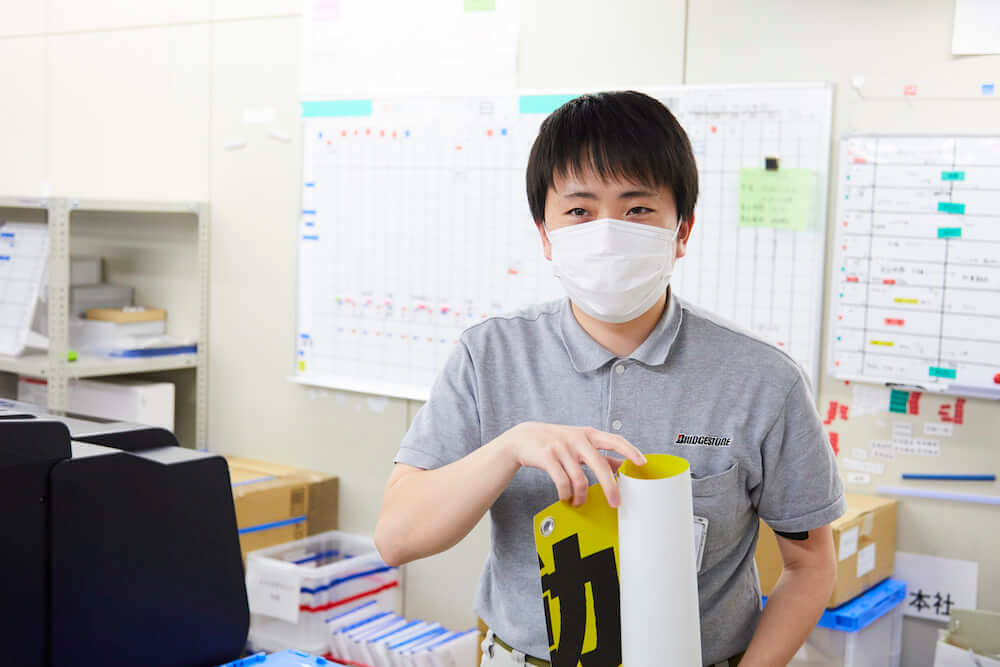
Okuhira: Maintaining their motivation to work is important. Is there anything else you do in the work environment?
Mr. Nakane: To improve employee motivation, we have set up a number of work accreditation systems. If a task performed by an employee satisfies a certain standard and the employee has a firm understanding of the task and can explain it, we recognize that. By doing so, we improve employees’ self-esteem and nurture their willingness to take on new challenges. Another important role we play is to cooperate with employment support organizations and communicate with parents and guardians to help our employees become socially independent. For instance, an employee was living with his rather strict parents and often came to work feeling depressed after spending the weekend at home. We therefore talked to his guardian and recommended that the employee stay at a group home*. The employee became stronger as a result and is working in a more lively manner.
- * Group home: a share house where a small group of people with disabilities live together while receiving support for daily life and health management
Okuhira: What a story! So you even pay attention to the relationships between your employees and their families? I also heard that you provide recreation programs, such as yoga.
Mr. Nakane: In our clerical support services, our employees often have to stay in the same posture to perform their work. To reduce their physical burden and help them refresh themselves, we invite yoga teachers to come in every week, and set aside time for doing physical exercise during work hours.
Okuhira: What do your employees do for the clerical support services?
Mr. Nakane: Printing and binding manuals and advertising posters for Bridgestone products, business card creation or other document-related tasks, data entry and aggregation, and so on. Many tasks involve the use of devices, such as printers and personal computers. We ask employees what they want to do before assigning tasks.
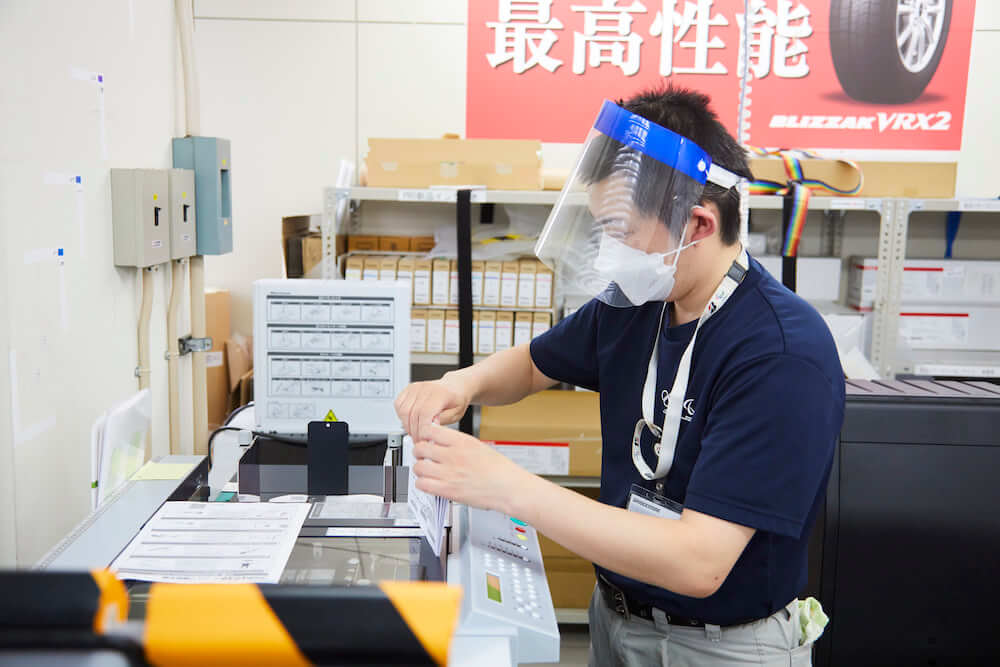
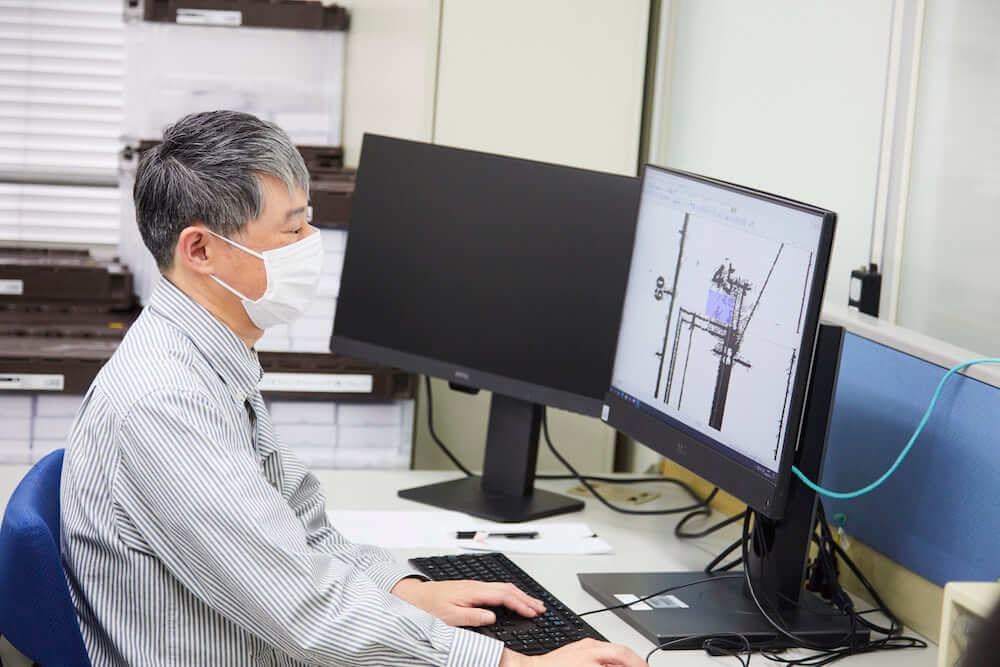
Developing a society where people with and without disabilities interact
Okuhira: This might sound a bit impertinent, but is your business making a profit?
Mr. Nakane: So far, it is profitable enough to cover the pay for employees with disabilities, but not enough to cover other things. We would like to further improve our business.
Okuhira: Mr. Nakane, you just assumed the presidency in 2021, didn’t you?
Mr. Nakane: Yes. In fact, I was assigned to start up the AHL project. With that experience, I offered suggestions on how to improve things as an outsider before I became president. As I’m now doing the job myself, I find it quite difficult (laughs).
Personally, I am thinking about getting more clients from outside the group, not just other group companies. We have made achievements and have confidence in Bridgestone Empowerment employees. Some people thought our employees were unable to operate computers, but when we left them to it, they did it. I have realized that it is important for us not to have preconceived ideas about what our employees can or can’t do and to expand their environment so they can take on new challenges.
Okuhira: By the way, only people without a disability can be team leaders?
Mr. Nakane: Yes, but some employees with disabilities have voiced their desire to be in more responsible positions. So, I am considering appointing them as assistants to team leaders and assigning work to them accordingly.
Okuhira: Thank you. Now, may I ask about Ms. Masutani’s department?
Ms. Masutani: My department, the DE&I/People’s Future Creation Department, places an emphasis on equity, as well as D&I.
Equity is famously explained with a picture of an apple tree. While “equality” means picking apples and distributing them to everyone, “equity” means providing steps that people can stand on to pick apples for themselves.
The mission of our department is to develop an organization where all people, including women and foreign nationals as well as people with disabilities, can play active roles. In particular, the manufacturing industry in Japan has many issues regarding D&I. One is that there are few places where women can have an impact. We think solving such issues and providing society with know-how is also an important role of our department.
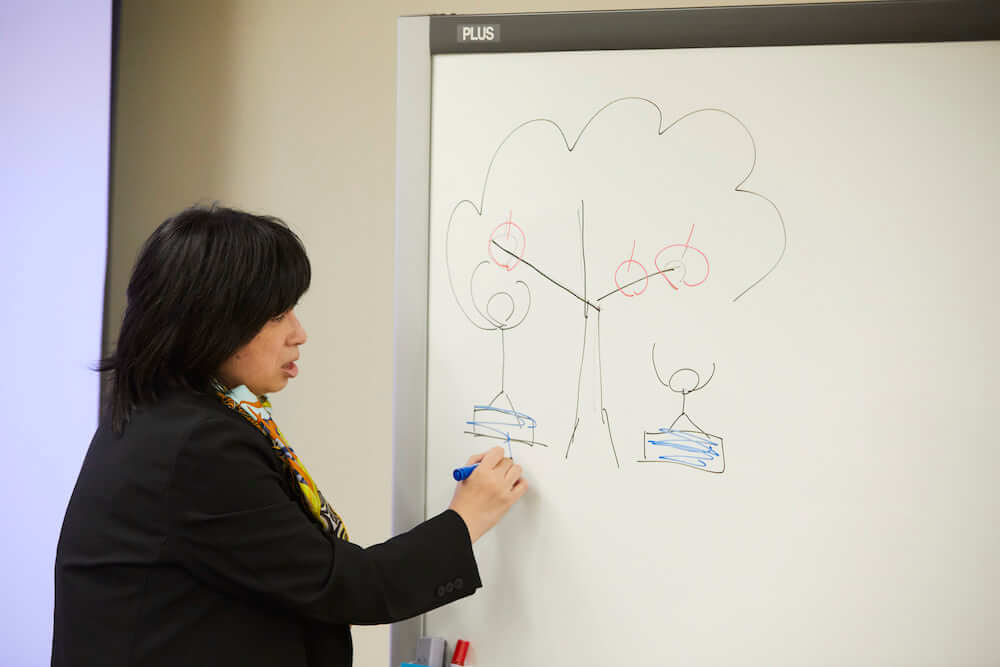
Mr. Nakane: I think in today’s world, there are many invisible barriers. Schools and workplaces tend to be divided into people without disabilities and people with disabilities. The two groups have few opportunities to get to know each other. In developing a society where everyone can live a vibrant life, it seems crucial to create environments where more diverse types of people can mingle and interact with one another and fairness is secured.
Okuhira: I fully agree with you. If categorizations are eliminated and we start looking at each other as individuals, life will be easier for many people. Thank you for your time today. I look forward to seeing Bridgestone’s continued success.
Photo: Eizaburo Sogo



